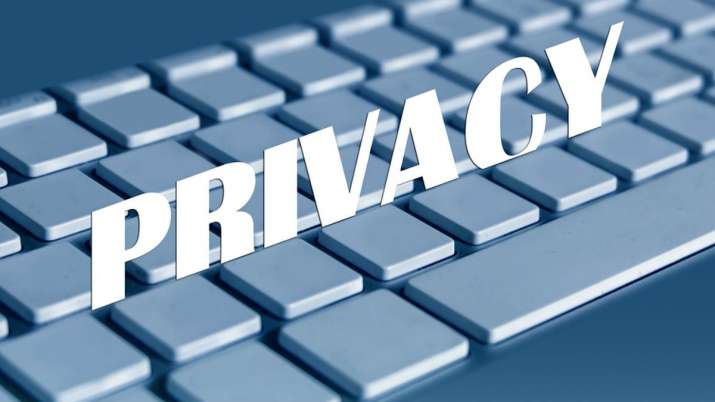
Since we use the same samples month after month, the malware-blocking test doesn't measure a product's ability to detect brand-new threats. We derive a malware blocking score from 0 to 10 points based on how thoroughly the antivirus protects the test system from these samples. Typically, the antivirus will wipe out most of the samples on sight and detect some of the remaining ones when we try to launch them. We expose each antivirus to a collection of malware samples, including a variety of different malware types, and note its reaction. In addition to carefully perusing results from the independent labs, we also run our own hands-on malware protection test.
#AVAST FREE ANTIVIRUS FOR WINDOWS YELP FULL#
The labs don't necessarily test a vendor's free product, but most vendors pack full protection into the free product, enhancing premium versions with additional features. In each case, the lab considered the product important enough to test, and the vendor felt the price was worthwhile. The number of labs that include a particular vendor serves as a measure of significance. In return, the labs supply them with detailed reports that can help improve their products. Security companies typically pay for the privilege of being included in testing. We also take note of whether vendors have contracted for certification by ICSA Labs and West Coast Labs. We follow four such labs closely: AV-Comparatives, MRG-Effitas, SE Labs, and AV-Test Institute.


Some of these labs regularly release public reports on their findings. The first time you need extra help digging a particularly stubborn piece of malware out of your system, you might regret the lack of support.Īround the world, researchers at independent antivirus testing labs spend their days putting antivirus tools to the test. In addition, many companies don't offer full-scale tech support for users of the free edition. And Panda reserves quite a few features for paying customers, among them firewall protection, application control, cross-platform support, and detection of insecure Wi-Fi connections. For example, the paid editions of Adaware and ZoneAlarm add protection against malicious and fraudulent websites the free versions lack. After all, it's your business's security on the line.Įven for personal use, most for-pay antivirus tools offer more than their free counterparts-sometimes a lot more. At that point, you should probably consider upgrading to a full security suite. If free antivirus tools are so great, why should anybody pay? For one thing, quite a few of these products are free only for noncommercial use if you want to protect your business, you must pony up for the paid edition. Some take the fight to the browser, working hard to ensure you never even browse to a malware-hosting site, or get fooled into turning over your credentials to a phishing site. All the antivirus programs in this collection offer real-time malware protection. Your antivirus should definitely have the ability to root out existing malware, but its ongoing task is to prevent ransomware, botnets, Trojans, and other types of nasty programs from getting a foothold. With free antivirus tools you get the added benefit of taking several out for a spin before making the final choice. We’ve analyzed dozens of products, both free and commercial antivirus, so you can make the best choice for your situation.

In fact, they rate better than many commercial programs. The best free third-party antivirus programs handily outperform Microsoft Defender, the antivirus built into Windows. You can bundle up your computers in the warm, fuzzy protection of an effective antivirus without dipping into your funds. You don’t have to go out unprotected into the storm of malware and hackers that the modern internet represents. You say you’ve maxed out your budget buying holiday gifts, and you don’t have anything left to pay for antivirus protection? Don’t worry.


 0 kommentar(er)
0 kommentar(er)
